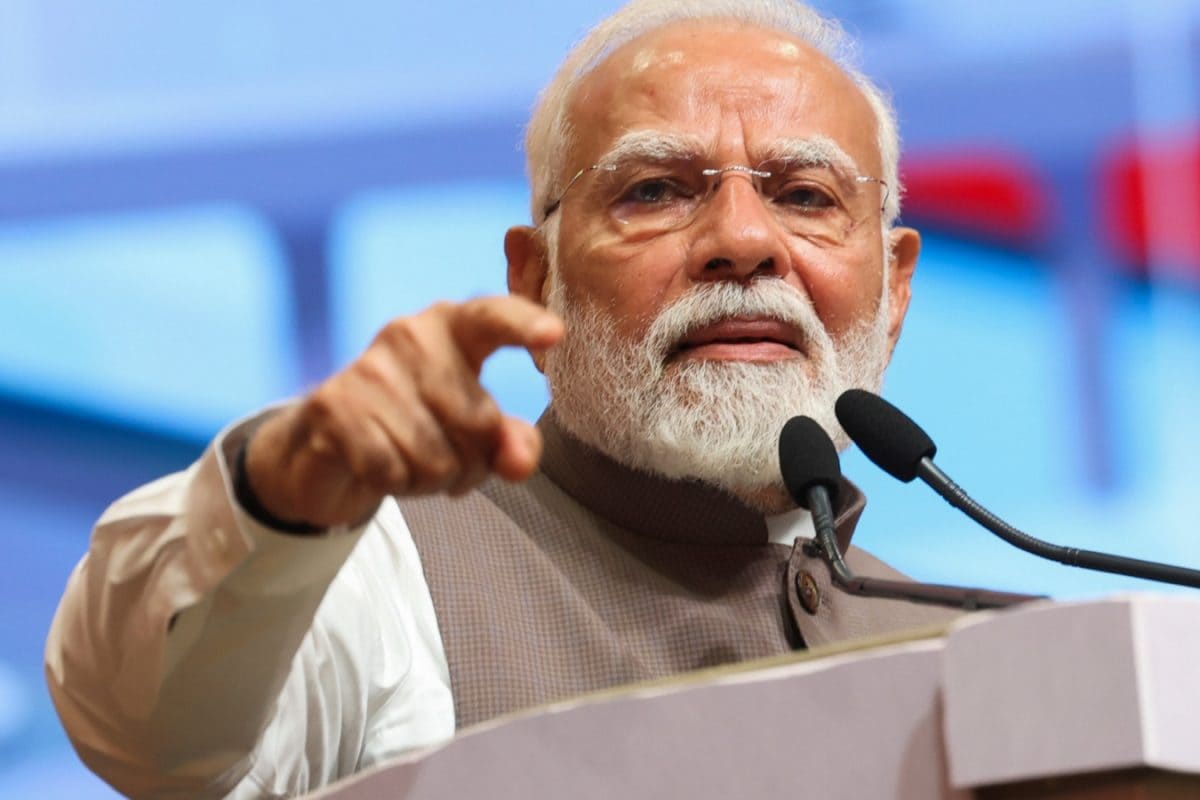

Prime Minister Narendra Modi's recent visit to Cyprus has injected fresh momentum into the ongoing negotiations for the India-EU Free Trade Agreement (FTA), with both sides expressing commitment to finalize the deal by the end of 2025. This ambitious timeline reflects the strategic importance both India and the European Union place on strengthening their economic partnership in a rapidly evolving global landscape.
During his visit, PM Modi addressed the India-Cyprus CEO Forum in Limassol, underscoring India's emergence as a hub for digital innovation, infrastructure development, and economic opportunities. He highlighted the immense potential for collaboration between Indian and Cypriot businesses across various sectors, including innovation, energy, technology, and more. Strengthening trade ties was a key focus, with discussions centered on how to leverage the India-EU FTA to boost economic cooperation.
The Prime Minister also welcomed the establishment of the India, Cyprus and Greece Business and Investment Council, hailing it as a significant initiative with the potential to foster trilateral economic cooperation. Further emphasizing India's growing prominence in the global financial arena, PM Modi announced a collaboration between the Cyprus Stock Exchange and India's National Stock Exchange (NSE) in Gujarat's GIFT City.
Echoing PM Modi's optimism, External Affairs Minister S Jaishankar has also stated that the India-EU FTA is feasible by the end of 2025. Speaking at the German Marshall Fund Forum in Brussels, he noted the "very good progress" in the negotiations. Jaishankar highlighted the broad scope of India-EU relations, encompassing defense, security, and talent mobility, with the FTA serving as the centerpiece of this multifaceted partnership.
The EU is currently India's second-largest trading partner, accounting for approximately €120 billion in goods trade in 2024, representing 11.5% of India's total trade. India, in turn, is the EU's ninth-largest trading partner, making up 2.4% of the EU's total goods trade. Over the past decade, trade in goods between the two economies has grown by almost 90%. Key exports from India to the EU include machinery and appliances, transport equipment, and chemicals, while EU exports to India comprise primarily of machinery, chemicals, and base metals.
Negotiations for the India-EU FTA have seen several rounds, including the eleventh round that commenced in May 2025. These talks cover various aspects, including market access for goods and services, investment, and government procurement. Both sides aim to address non-tariff barriers and regulatory issues to ensure a level playing field for businesses.
The FTA aims to remove trade barriers, facilitate EU firms' exports (especially smaller ones), open services and public procurement markets, protect geographical indications, promote sustainable development, and ensure enforceable rules. Investment protection negotiations seek to create a predictable and secure environment for investors, with commitments to non-discrimination, protection against unfair treatment, and effective dispute settlement mechanisms.
While there is strong momentum to conclude the agreement by the end of 2025, some obstacles remain. Sticking points include agriculture, dairy, government procurement, labor standards, sustainable development, and investment-related issues. India seeks Mutual Recognition Agreements (MRAs) for professional qualifications, while the EU aims for greater market access for automobiles and pharmaceuticals.
Despite these challenges, the potential benefits of a comprehensive India-EU FTA are substantial. It could unlock significant growth opportunities for both economies, promote greater investment flows, enhance competitiveness, and strengthen their strategic partnership in a multipolar world. As Cyprus prepares to assume the EU presidency in January 2026, its support for India's bid for a permanent seat in the UN Security Council and its commitment to the FTA will be crucial in ensuring its successful implementation.